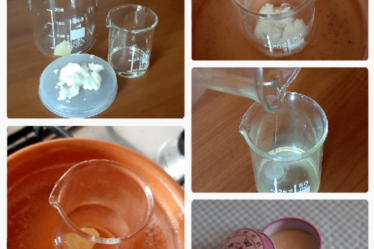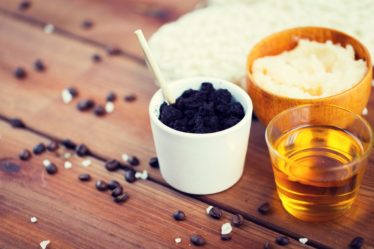
What are oleolites and what are their possible practical applications? Let’s find out.
As the name suggests, the term oleolite identifies a type of preparation that uses a vegetable oil, for example extra virgin olive oil, as a solvent to extract fat-soluble active ingredients by cold maceration.
Oleolites are also known as aromatised oils, medicinal oils, oily dyes. They have different applications: in cosmetics as a fat base for preparing creams; in the kitchen: flavoured olive oils (rosemary oil, chili pepper oil) are also oleolites; in herbal medicine: for topical use, for clutches or massages. However, their use and properties vary according to the aromatic plant which is macerated in the oil chosen as a vehicle. Then, we can find oleolites with emollient, soothing, anti-inflammatory, healing activities.
It is recommended to use high quality oil, with a good durability over time, for the extraction, in order to ensure a good shelf life of the oleolite obtained. The most used is extra virgin olive oil. However, other oils can also be used, for example sunflower oil, corn oil, wheat germ, almond oil, sesame oil, hazelnut oil. The herbs used can be both fresh and dry. However, it is always advisable to partially dry the flowers and plants that contain a high percentage of water, which could cause degradation and rancidity of the oleolite.
Preparing an oleolite at home is relatively easy, let’s see how to do it:
The chosen herbs or flowers must be previously cleaned and cut, so as to increase the contact surface with the oil. Then, the herbs are put in a glass container (preferably brown glass). At this point, pour the chosen oil into the container, until the herbs are completely covered. Before hermetically closing the container with a lid it is advisable to cover the surface with coarse salt, which helps to improve the shelf life of the extract and at the same time increases the extraction power of the oil.
The ratio between the amount of plant and the amount of oil varies depending on the herbs used and the final use of the oil. A ratio of 1:2, 1:5, 1:10 is usually used. This means that for one gram of dry plant you will get 2, 5, 10 grams of oleolite, respectively.
Plants should be left to macerate in the oil for a time that can range from 6 to 30 days, depending on the plant used. The container, always depending on the chosen plant, will be exposed to the sun to favor extraction, or placed in the shade.
At the end of maceration, the infused plant is pressed to recover as much oil as possible. The oleolite is then filtered and stored in brown glass containers with airtight closure, in a cool place and away from heat sources. Usually oleolites can be stored for a period of between 6 and 12 months, also depending on the oil used for extraction. It is therefore advisable to prepare a sufficient quantity for personal use, so as not to meet too long storage times.



